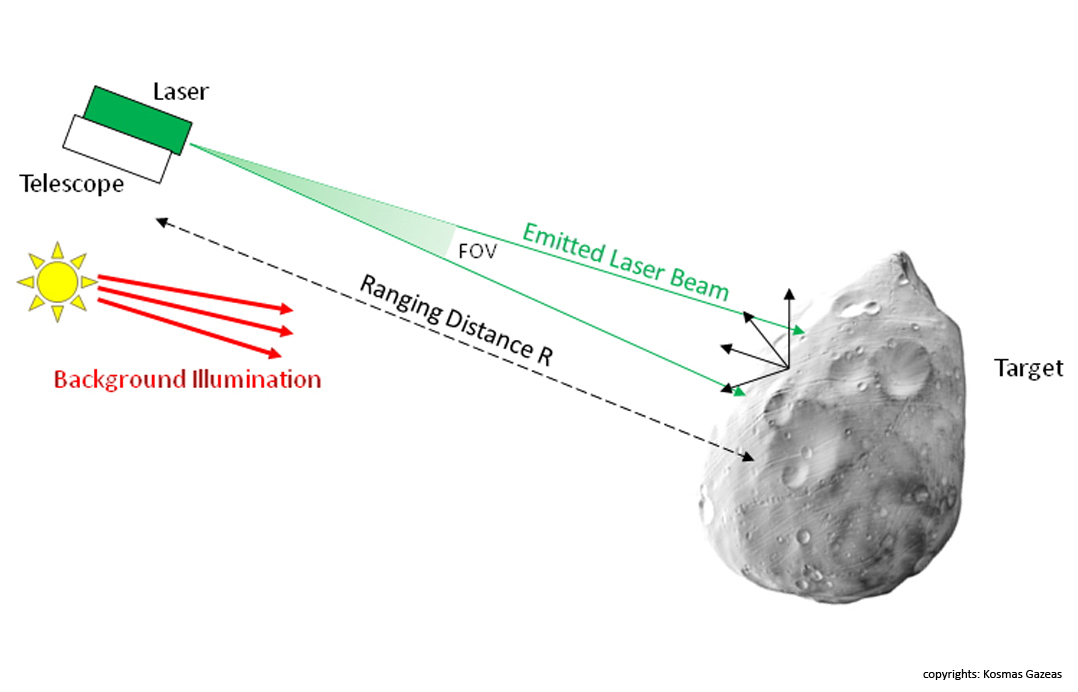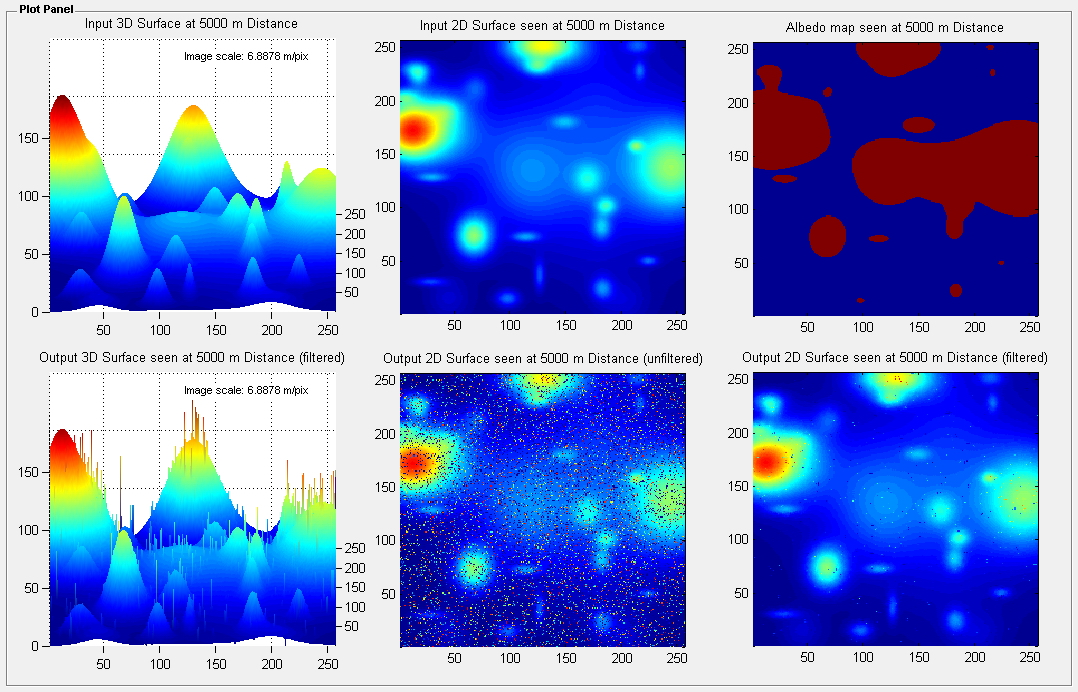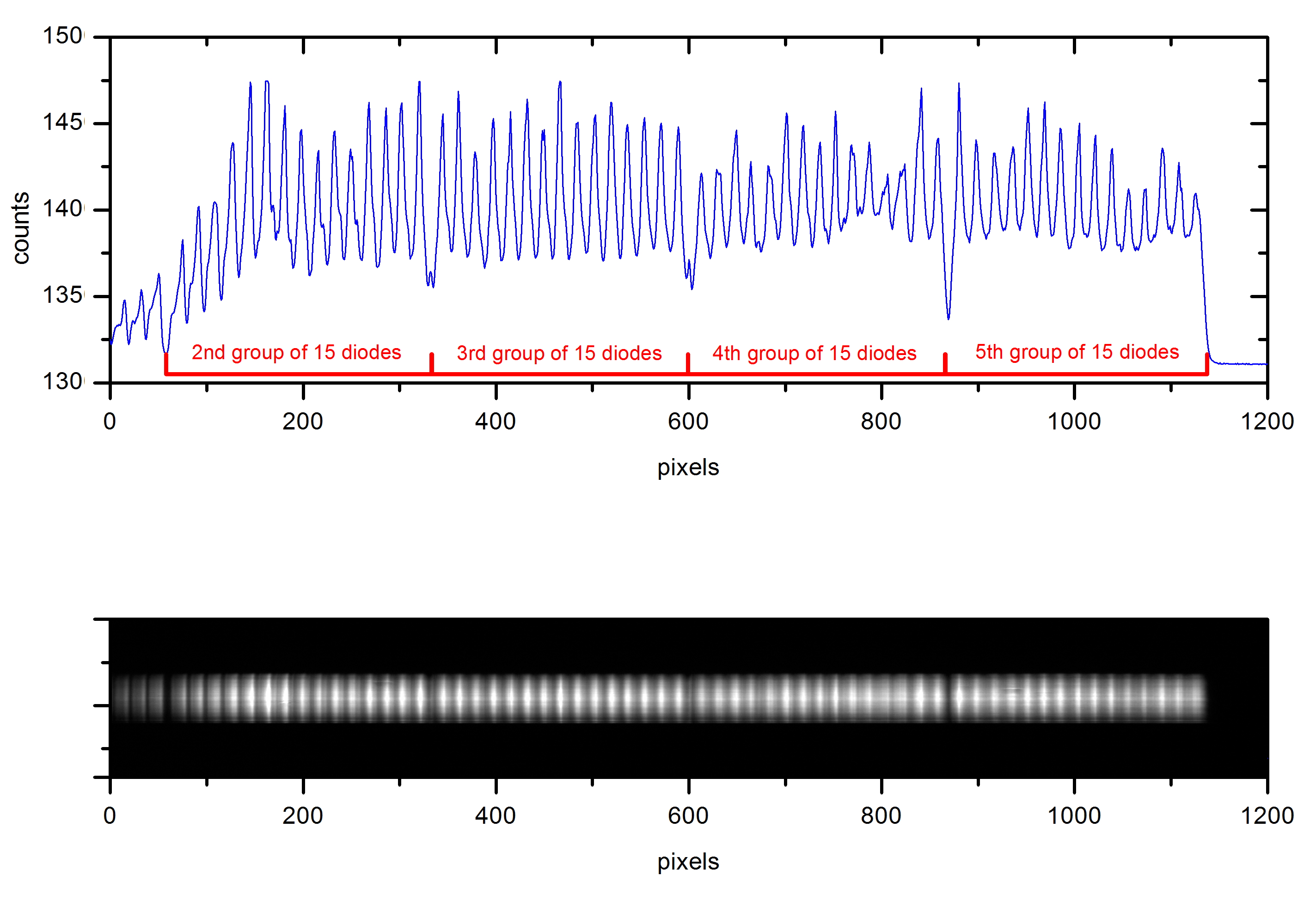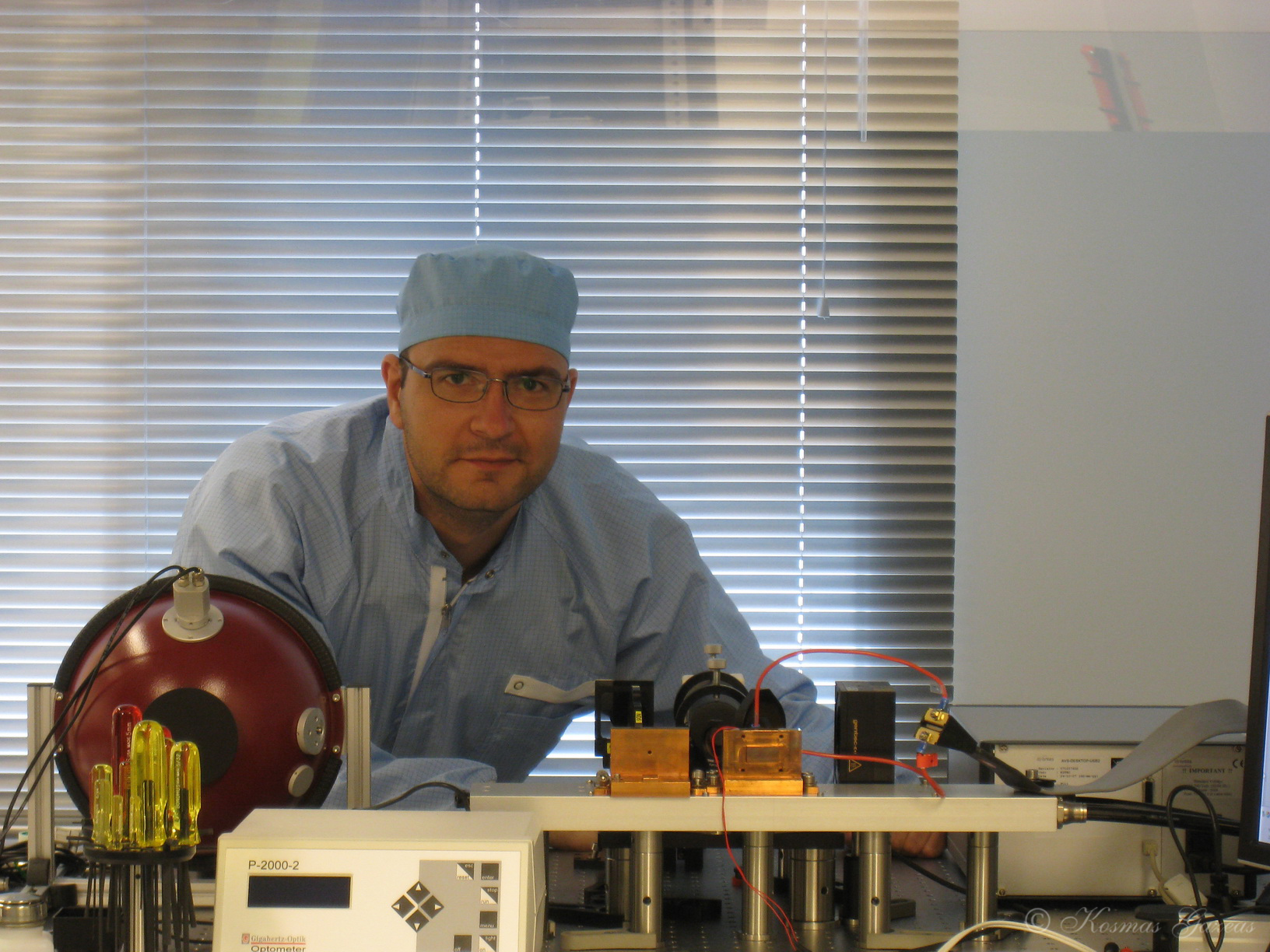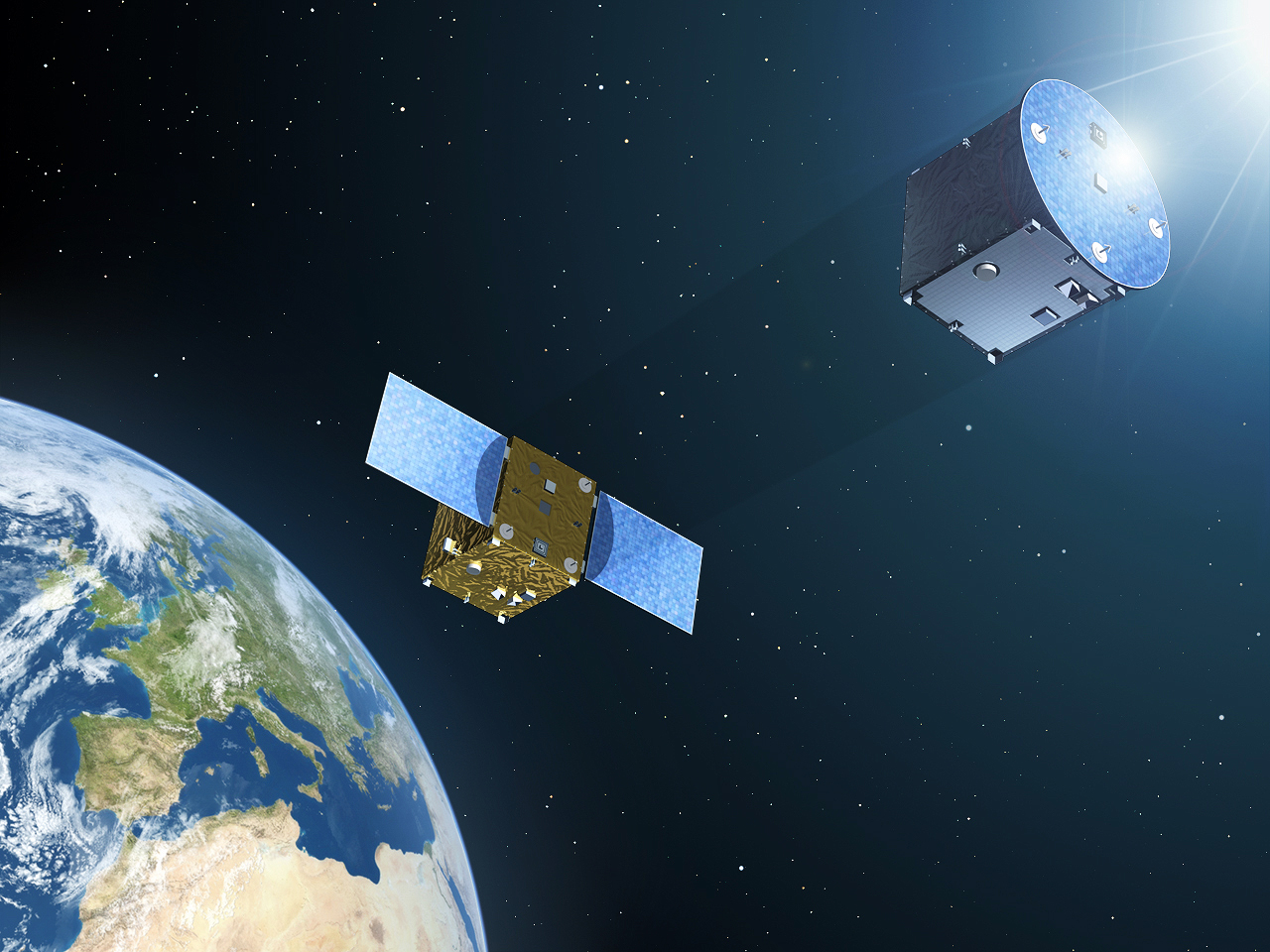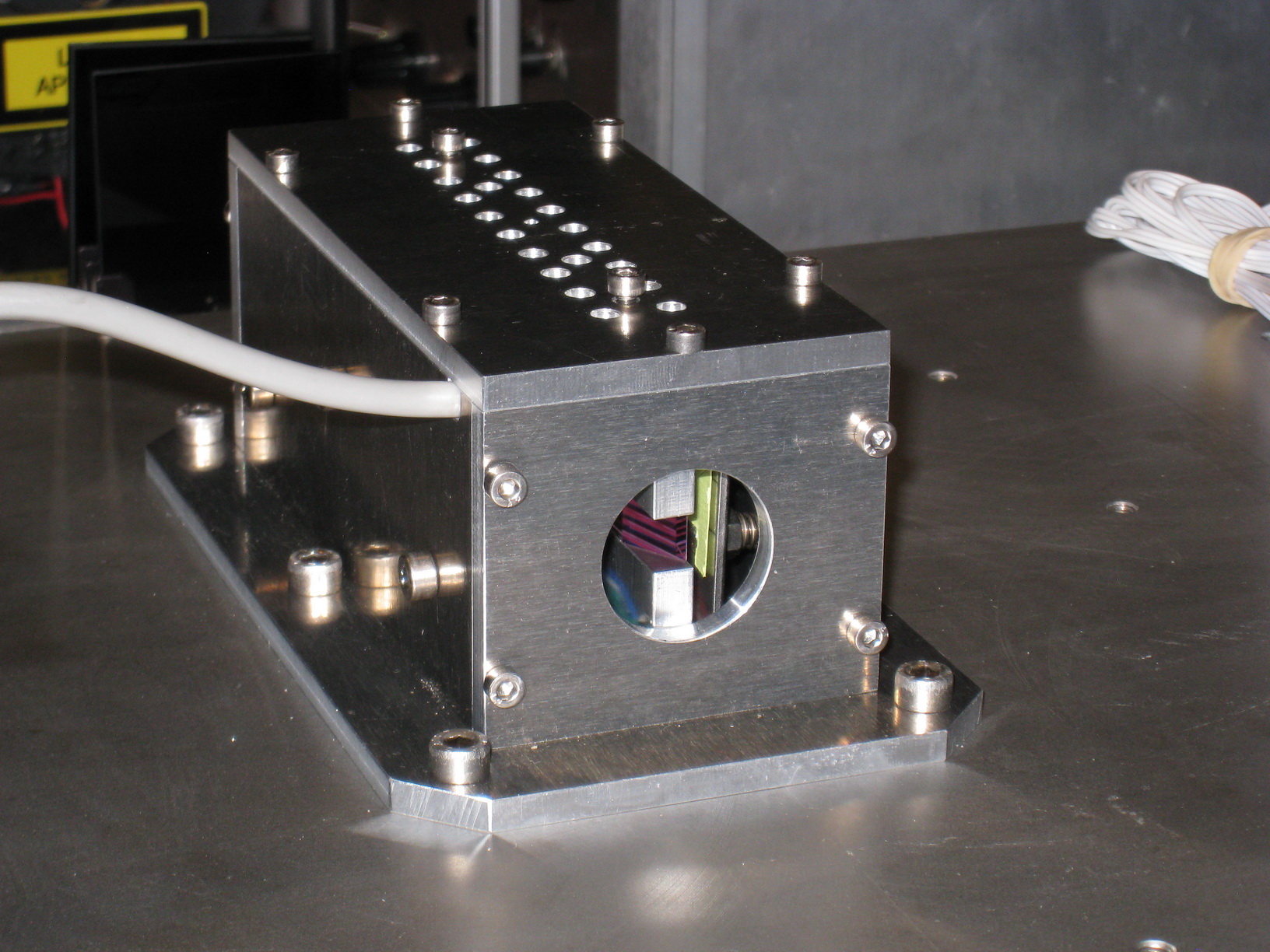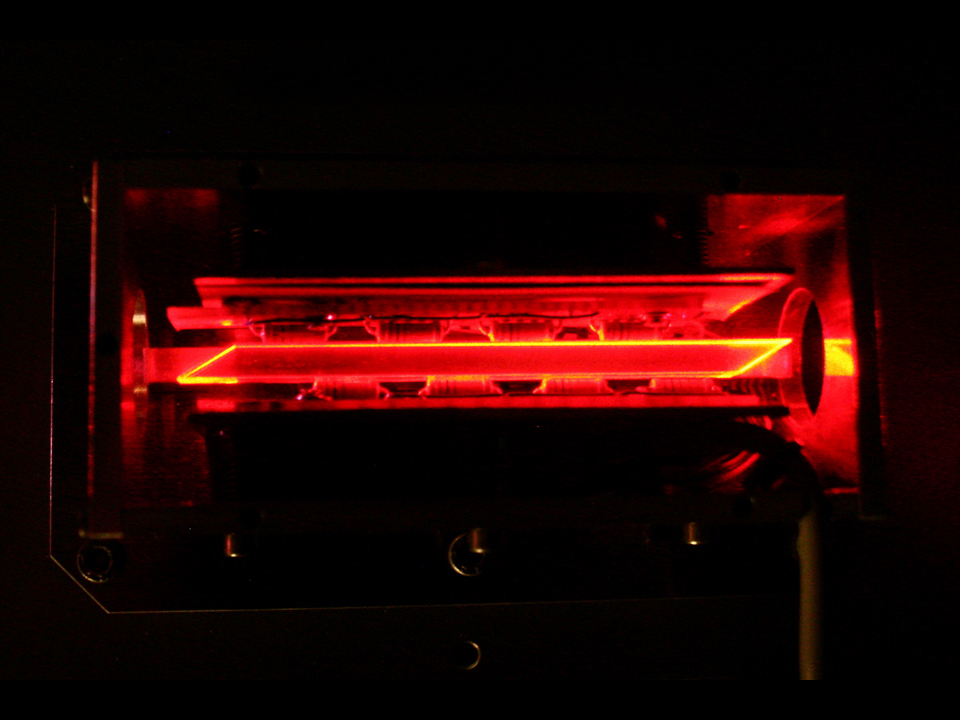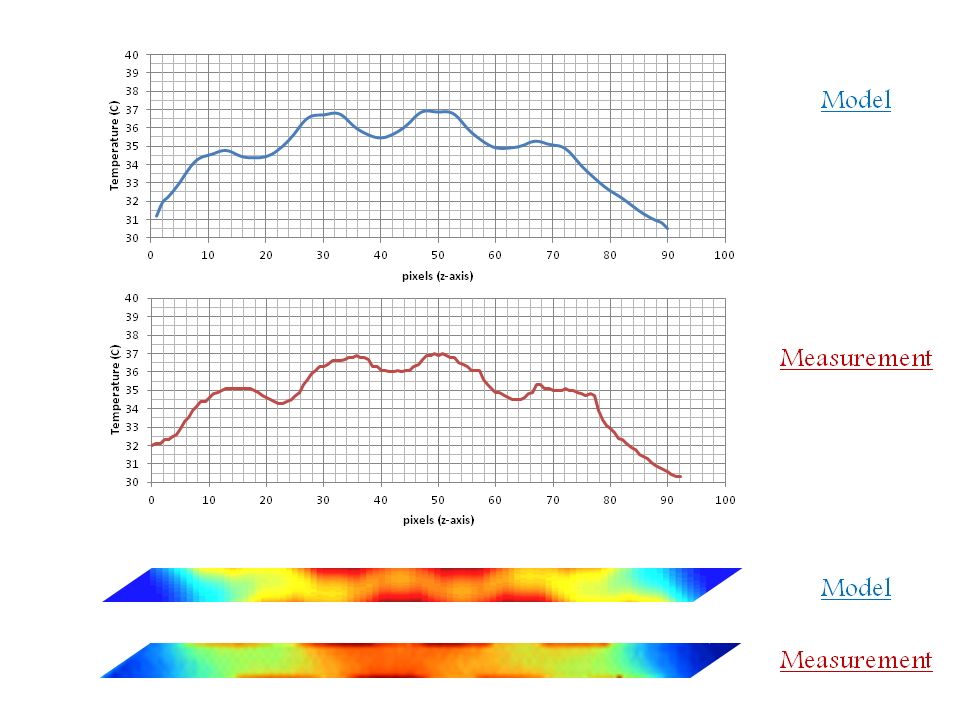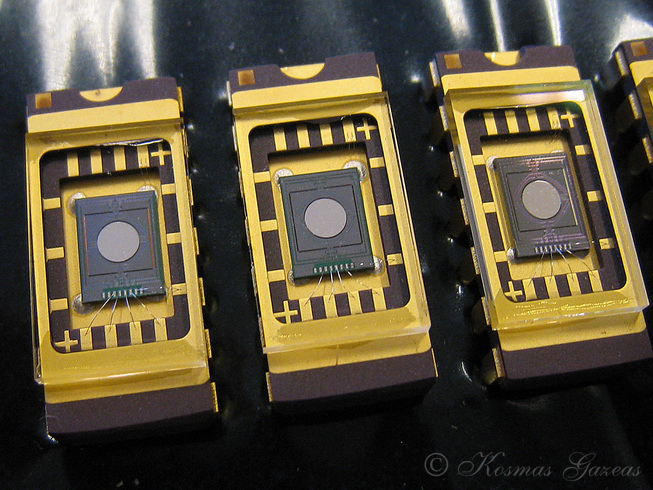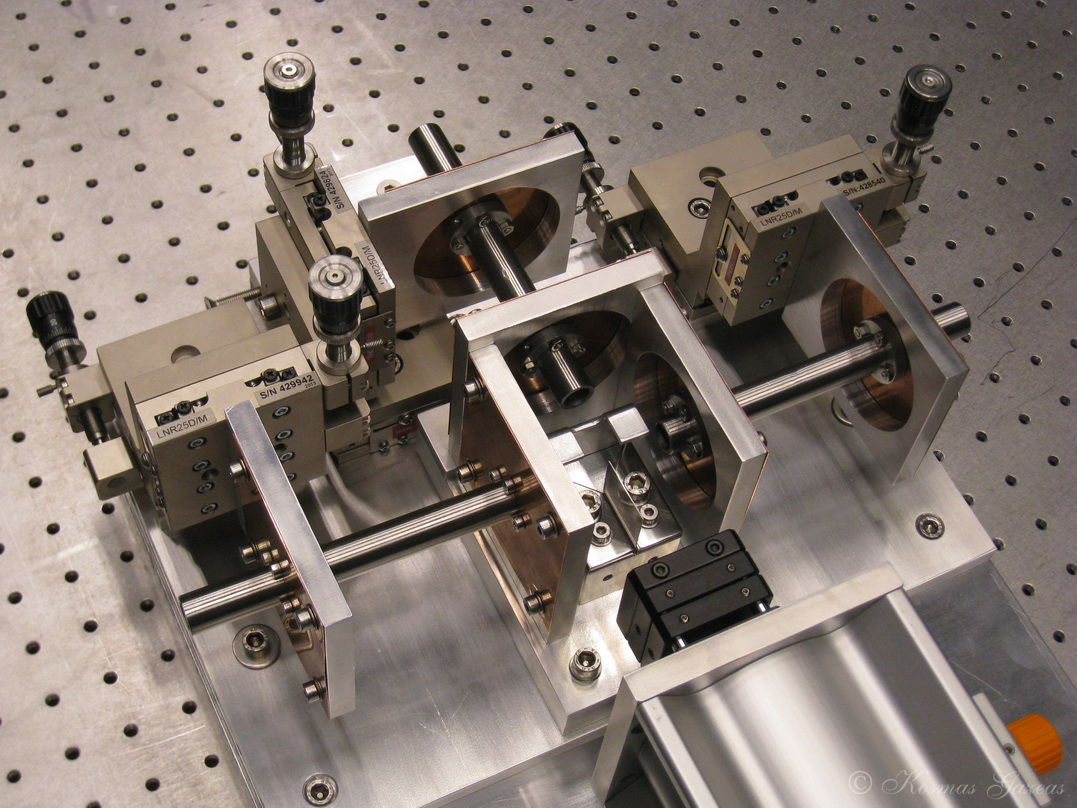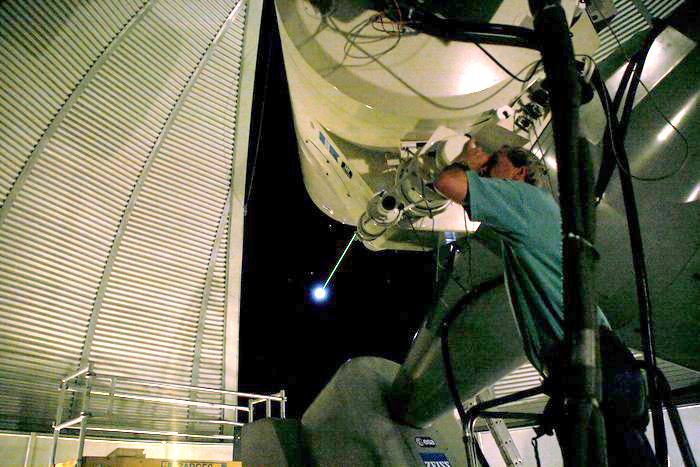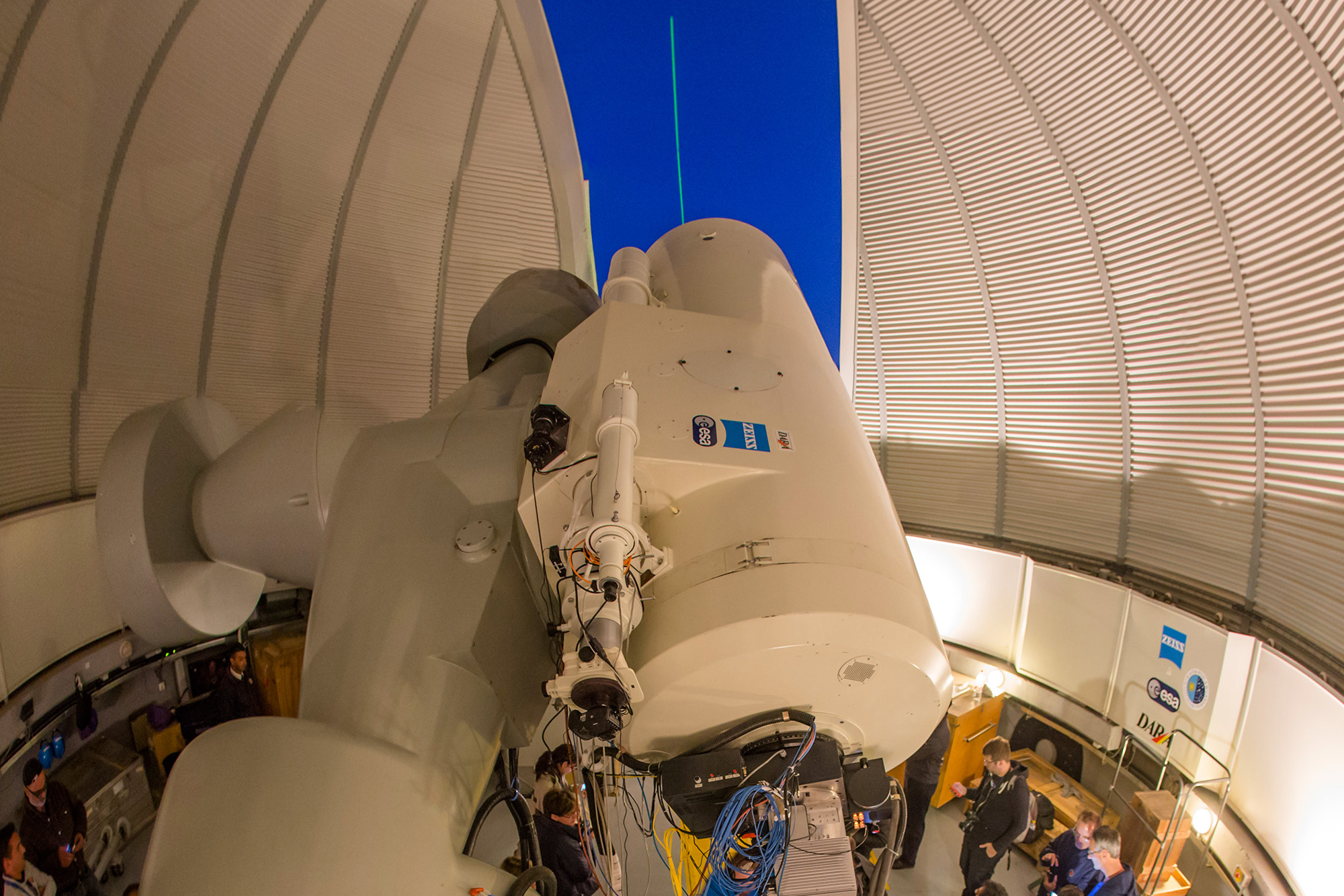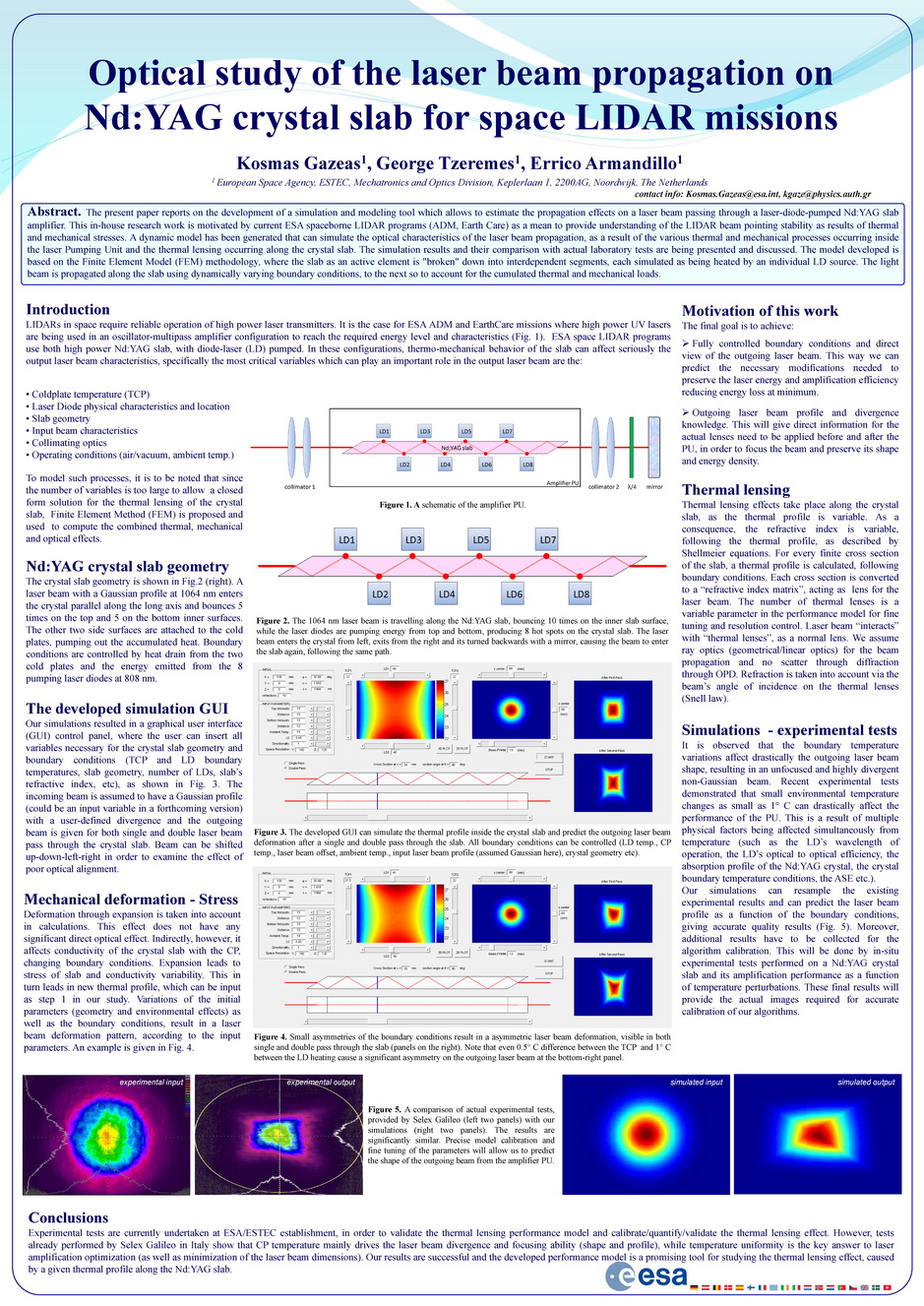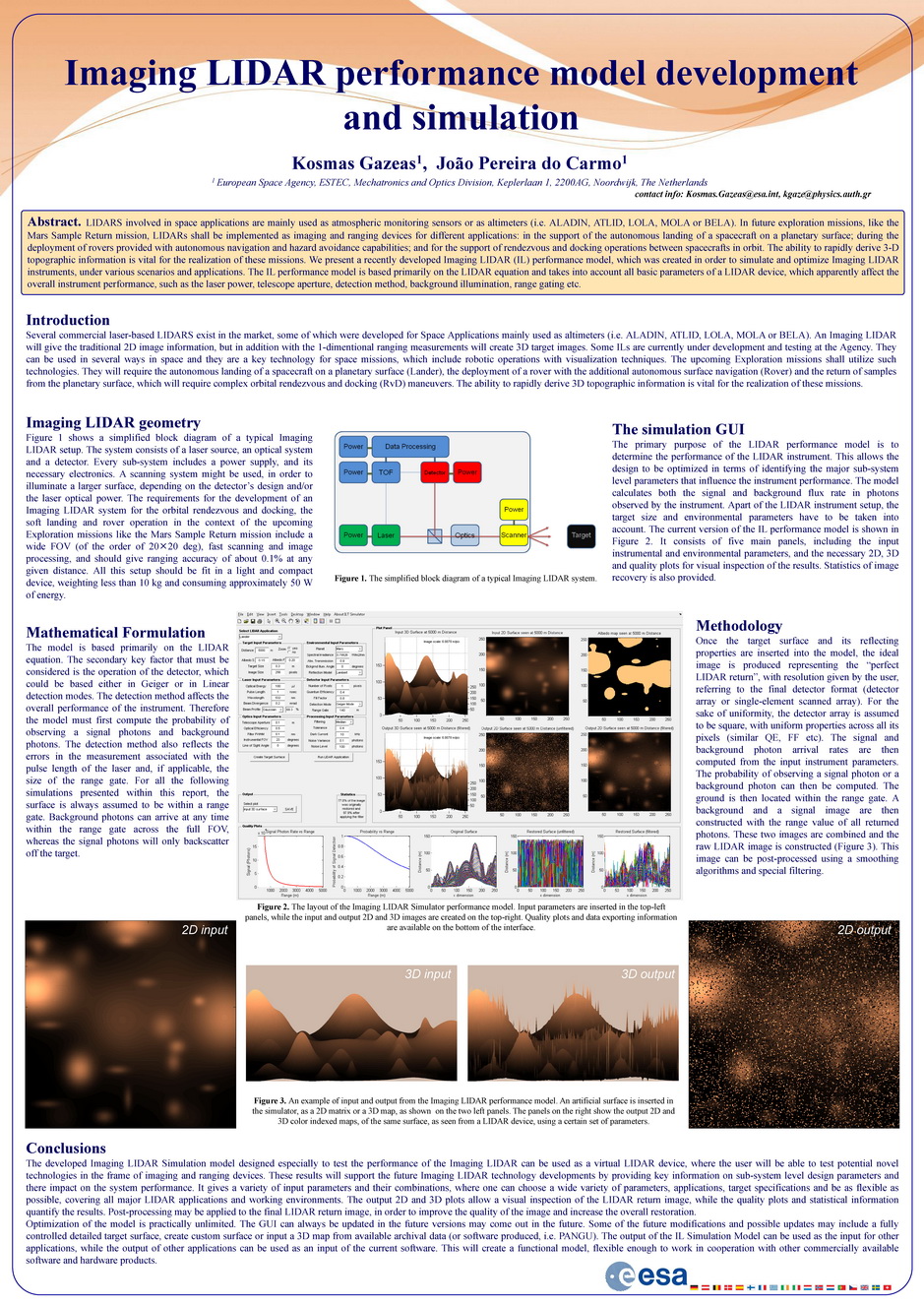Projects related to space optics and space engineering
Light Detection and Ranging System (LIDAR) performance modelIn the frame of my working experience at the European Space Agency (ESA), I worked as an optical engineer in the state-of-the-art laboratory facilities at the European Space Technology Center (ESTEC) in Netherlands. My first task during 2009-2010 was at the Mechatronics and Optics Division (TEC-MMO) under the supervision of Joao Pereira do Carmo and focused on the development of a LIDAR (Light Detection and Ranging System) performance model, were various applications will be tested, including Rover, Lander and the Rendezvous and Docking of spacecrafts in orbit. Such applications will be found useful for the future missions on Mars and Moon (Moon NEXT, ExoMars, Mars Sample Return).
LIDAR applications can be tested on Rover, Lander and the Rendezvous and Docking of spacecrafts in orbit. Simulation and performance models are nessesary in order to study such applications prior their development.
Laser Diode Characterization Bench
During 2010 I have also worked at the Opto-electronics MME Laser Diode Lab, under the supervision of Bruno Sarti and Michael Bacher. Various high-power laser diodes had to be tested at the Laser Diode Characterization Bench, in order to get their optical properties (spectrum, optical power) with respect to the working temperature and applied voltage/current. At the same time I participated in setting up the ESA Support Mobile LIDAR (ESMOL), under the supervision of Georgios Tzeremes. The mobile LIDAR is currently used to measure the atmospheric aerosols from the National Observatory of Athens.
Laser Diode Characterization Bench (left) and ESA Support Mobile LIDAR (ESMOL) were part of the activities at ESTEC during 2010-2011.
PROBA-3 satellite, the European Giant Coronograph
In 2011 I worked on PROBA-3 satellite, also known as "Construction of the European Giant Coronograph", under the supervision of Dominic Doyle. Various technical issues and scientific discussions are made, cross-checking the results from the working laboratories at LAM (France) and INAF-OATo (Italy) on the coronograph occulter shape and the stray light calculation. University of Athens also participates on this project under the supervision of Prof. K. Tsiganos.
PROBA-3 satellite is the European Giant Coronograph which is currently under development.
A detailed study on Thermal Lensing effects
A post-doctoral research project was obtained in 2011-2012 on Thermal Lensing effects, which occur along the laser-diode-pumped Nd:YAG crystals. This research was motivated by the ESA space-borne LIDAR programs (ADM-Aeolus, EarthCARE-Atlid), and it was performed under the supervision of Errico Armadillo. This study is a mean to provide better understanding of the laser beam pointing stability for LIDAR applications, as a result of thermal and mechanical stresses. A simulation tool has been developed by Dr. K. Gazeas, using the Finite Element Model (FEM) methodology while in parallel it compares the predicted results with the laboratory measurements.
Thermal Lensing effects were studied at ESA/ESTEC laboratories, providing a better understanding of the laser beam pointing stability for LIDAR applications. Constructions and performance model simulator were developed and built by Dr. K. Gazeas. Comparison between simulations and actual measurements is remarkable.
Micro-Opto-Electro-Mechanical Systems (MOEMS)
Micro-Opto-Electro-Mechanical Systems (MOEMS) are a novel technology, which greatly reduce the size and mass of the LIDAR scanning system. They are designed especially for scanning purposes. A small mirror with typical dimensions of a 1-3 mm and thickness of 20-30 μm, made of single crystalline silicon (usually covered with a thin layer of aluminium), acts as the reflecting surface. Several MOEMS exist on the market, which meet most requirements needed for space applications, such as a wide range of scanning angle, ultra high scan frequencies, low noise and power consumption, light weight. The scope of the proposed work is to study in detail the performance of MOEMS in the frame of the development of the Imaging LIDAR model.
MOEMS are basically designed for scanning purposes and can be used for the development of Imaging LIDARS.
Laser Optical Communication with NASA/LADEE satellite
Since 2012 I act as an ESA scientific consultant on Space Optics applications. In 2013 I participated on NASA/LADEE satellite activity, under the supervision of Zoran Sodnik. The scope of the LADEE activity is the preparation and commissioning (in ESA/ESTEC laboratories) the hardware, which was afterwards installed to ESA’s Optical Ground Station (OGS) in Tenerife. Part of this hardware, the laser transmitter, was built entirely by Dr. K. Gazeas at the ESA/ESTEC workshop, establishing optical communication between the Optical Ground Station (OGS) in Tenerife and NASA/LADEE satellite, while orbiting the Moon in a distance of approximately 384.000 km. This was the first time when an optical link was established in such a long distance, while the previous record was the optical link between two orbiting satellites at a distance of approximately 3000 km.
ESA’s Optical Ground Station (OGS) in Tenerife is equipped with the laser transmitter, built in 2013 at ESA/ESTEC laboratories. Green laser shooting at the Moon via ESA's Optical Ground Station, Tenerife, Spain in 2014.
.
People involved in this project are:
Publications and scientific announcements released in the frame of ESA projects are:
